10 Minutes
Startup Fair 2025 in Vilnius hosted a candid, highly tactical session for founders who want to move from survival to scale without losing their footing. Under the title All the Way to Series A: The Startup Survival Guide, two operators who have actually done it shared what worked, what changed, and how they navigated investors from the Baltics to New York. The conversation covered nine and a half years of persistence in deep tech tools for life sciences, a vertically integrated energy storage business that became an electricity supplier, and the practical steps that turn customer traction into credible fundraising.
Session Details
Moderator:
Carolin Wais, Partner at Plug and Play
Panelists:
John Graham, Co-founder of Cactos
Juozas Nainys, Co-founder and CEO at Atrandi Biosciences
A Quick Communication Exercise Before the Survival Guide
Before the panel, the host shared a concise exercise for improving delivery. Record a three-minute video about your startup or any topic you care about using your phone. Then review it twice. First, close your eyes and listen for tone, pace, pauses, and energy. Second, watch it on mute to assess body language and nonverbal presentation. Ask close colleagues for feedback, set it up as a positive self-development exercise, and focus on amplifying your strengths while trimming obvious weaknesses. With that, the stage turned to the survival guide.
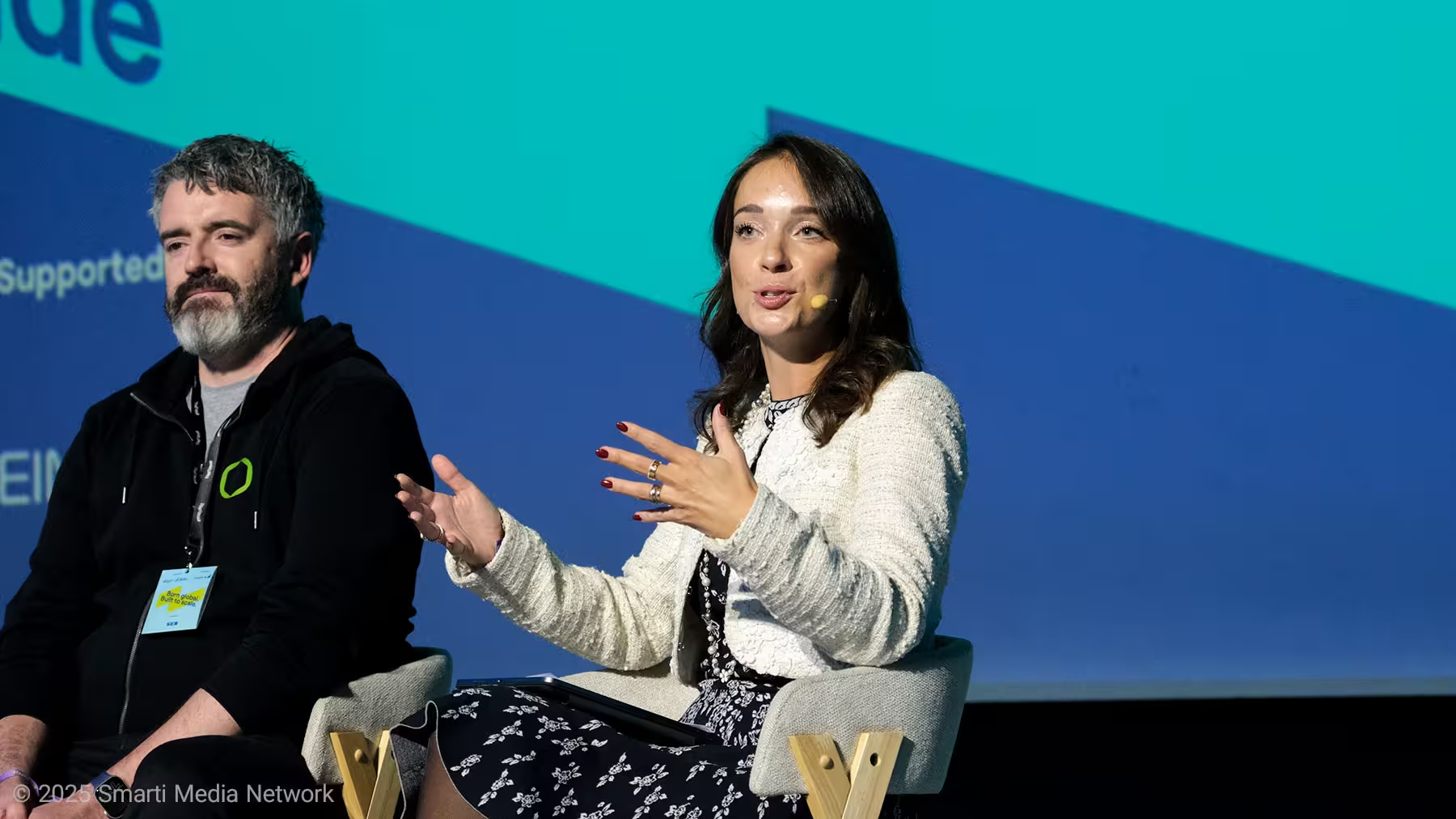
Carolin Wais opened by noting that Plug and Play launched operations in Lithuania two years ago and that she has spent eleven years in venture, watching teams go from pre-seed to Series A and beyond. She kept the discussion interactive using Slido and invited the founders in the room to ask anything they needed.
Atrandi Biosciences: Nine and a Half Years of Building for Scientists
Juozas Nainys traced Atrandi’s story back nine and a half years. The company was founded by five co-founders with a clear mission. Help scientists understand biology better by building life sciences tools. He described their work in everyday language as making better microscopes. Being part of the scientific community is what makes the journey exciting for the team, and despite the time already invested, they still feel early. He stressed that what he would share reflects their experience rather than a single correct playbook.
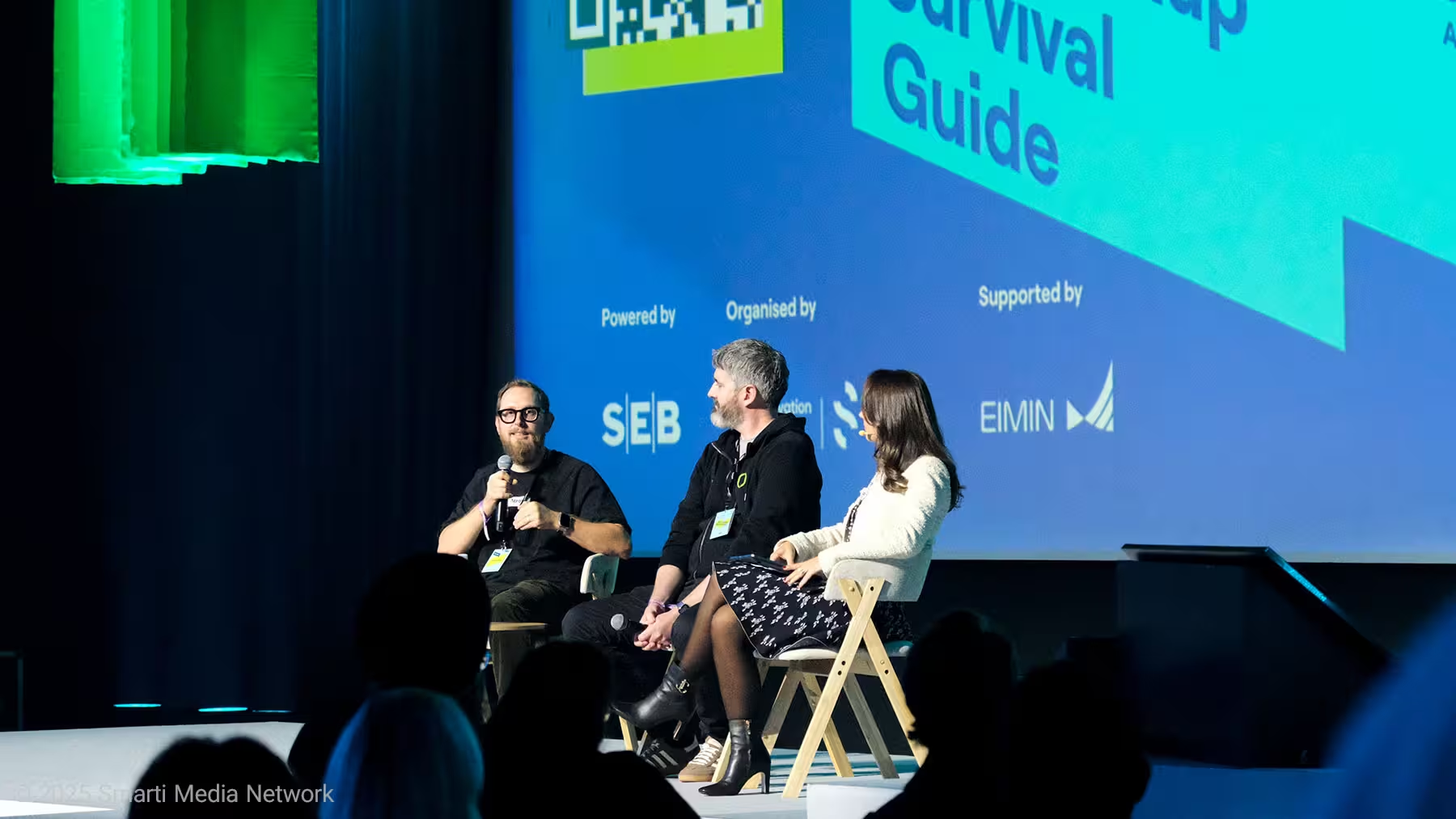
Cactos: From Trading Software Idea to Vertical Integration and Electricity Supply
John Graham came from a decade in the energy industry. He and his co-founders built Cactos, a vertically integrated battery energy storage company based in Finland that operates on three layers.
Hardware. The battery product itself.
Software. An AI-driven platform that optimizes and trades the asset on behalf of clients.
Financing. An alternative investment fund of 70 million euros that enables a lease-based storage as a service model.
The problem they set out to address was electricity price volatility as societies electrify. Their initial approach focused on optimizing price and performance. Charge at low or negative prices and sell back at high prices. He added that as of last month Cactos also became an electricity company, offering electricity supply in addition to storage.
Cactos was founded in December 2021. The four years since then have felt quick in some respects and long in others.
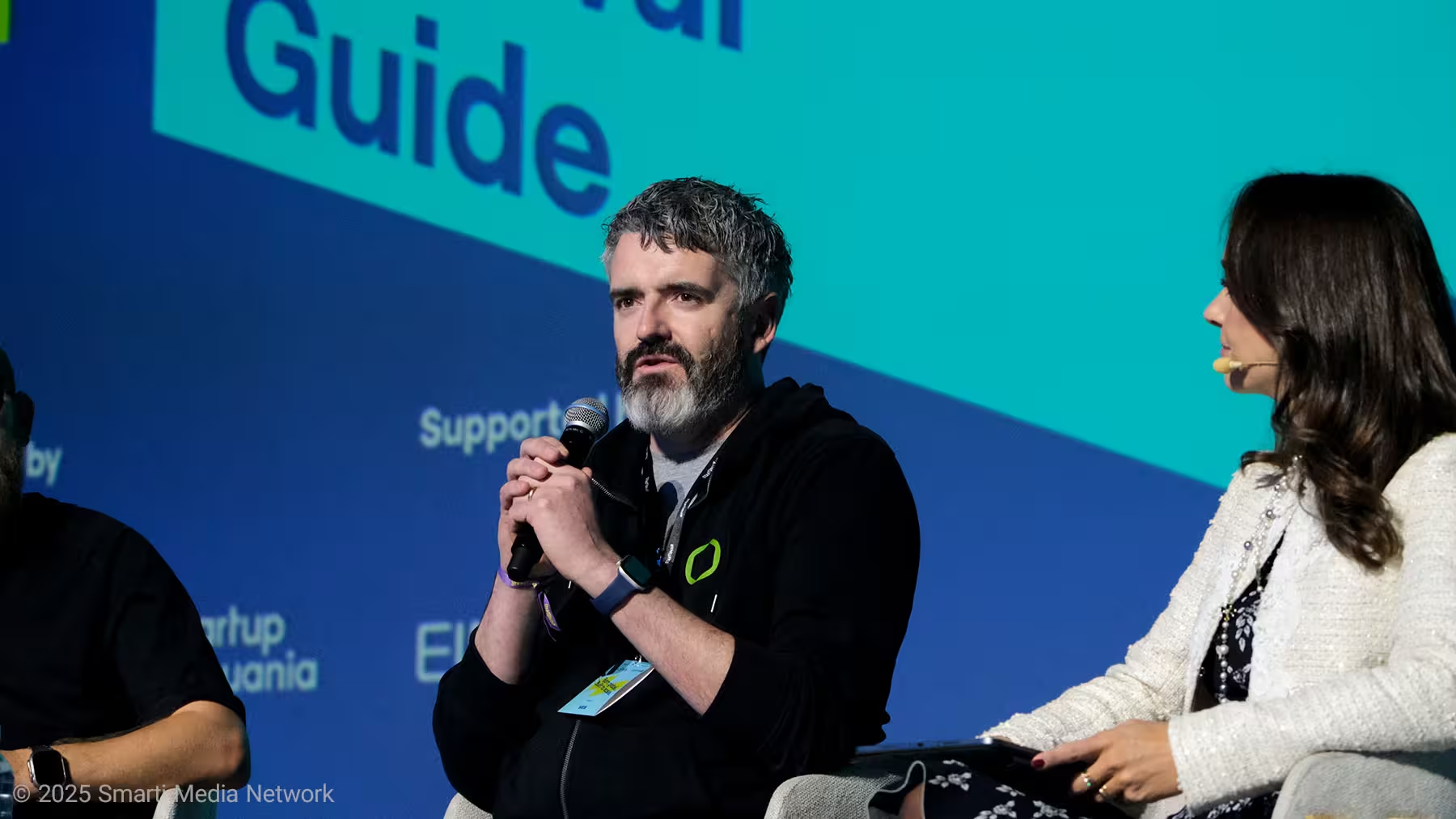
How Ideas Evolve When You Listen to the Market
John explained that the founding idea was a software trading solution. They knew the sector they wanted to address. They then decided to build a European solution that did not depend on imported critical hardware. That pushed them to vertical integration. Hardware from cell level up, in-house European software to optimize and trade, and a financing layer. Over time, their view expanded from local optimization to electricity retail, powered by data on client consumption and production patterns and grid bottlenecks.
Carolin asked how they decided what to build next and who guided those choices. John said the main source of learning was client interactions and the way the market itself evolved. Investors were supportive and available when needed, but did not interfere with the business. If he returns in another four years, the story will likely have evolved again.
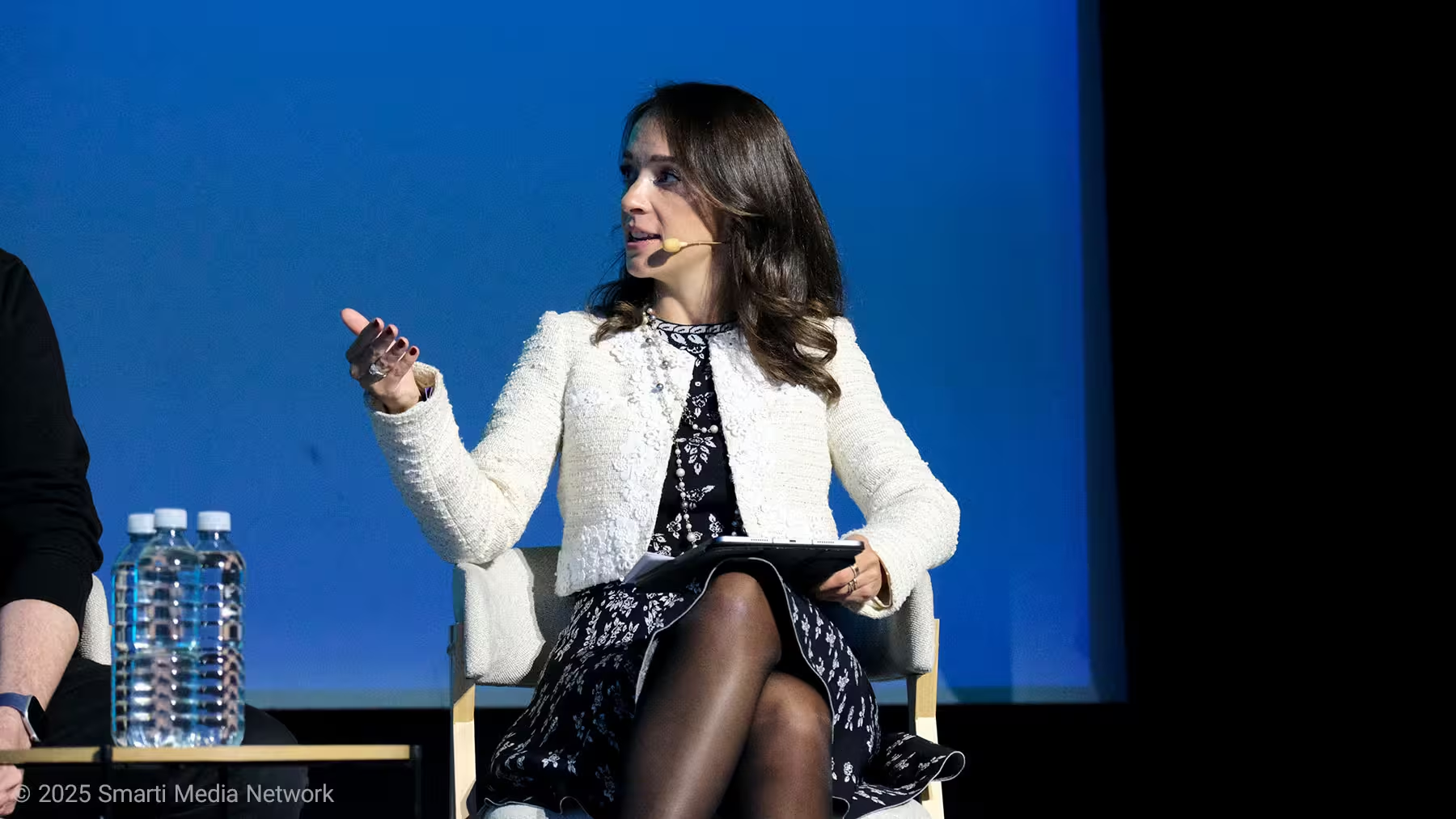
From the life sciences side, Juozas echoed the point. Scientists often assume they know what should be built. You can create a sophisticated product with the wrong specifications and discover that it does not sell. The lesson is to listen closely to customers and solve their actual pain, even if the problem does not sound glamorous. Big aspirations are fine, but the first step is a product people will buy.
Carolin underlined that two very common failure points are founder team issues and building something customers will not purchase. She then asked the room who was at pre-seed and seed, which set up the next practical topic: reaching Series A.
Reaching Series A: What Actually Helped
John outlined Cactos’s fundraising path. Superhero Capital in Finland was their first investor. As the company’s capital needs grew, Union Square Ventures from New York joined. The first USV contact came when Cactos was not raising. They spoke anyway, stayed in touch, and by the third conversation Cactos was ready. By then both sides knew each other. For founders, an important takeaway is to start building investor relationships before you are desperate for capital. Begin early and right-size what you intend to raise.
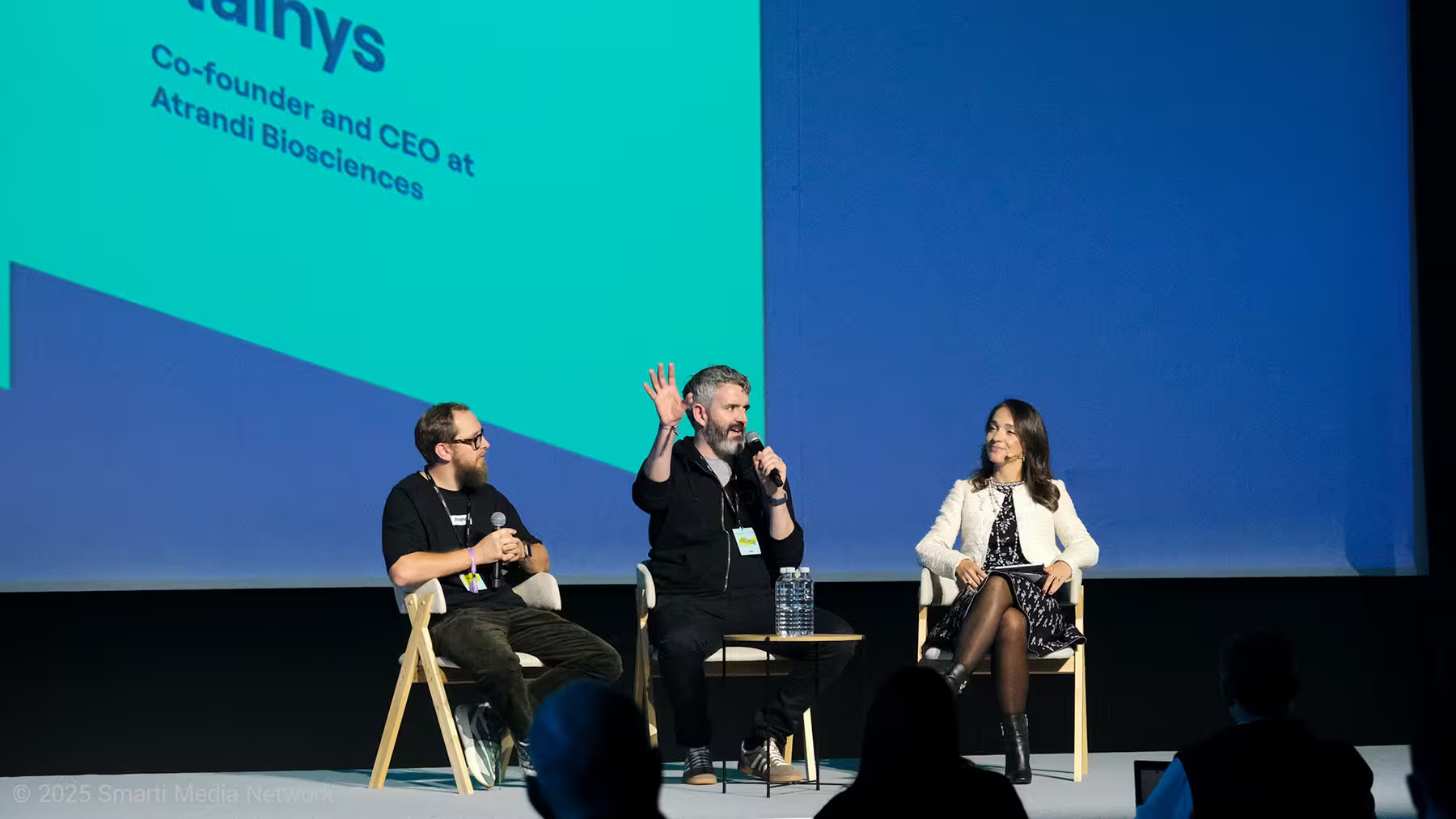
Carolin pressed on visibility. How do investors even find you. John said the team had strong traction in Finland and across Europe. He noted that Europe can offer compelling technology and that telling your story to many people helps the word spread. In their case it was the right partner at a good time, and the conversation progressed.
Carolin recommended creating momentum among investors. When your company performs, the first interested investor will often tell peers. Share your wins publicly, post on LinkedIn, send periodic updates to interested investors, and keep them in the loop even when you are not raising. Fundraising often becomes far easier when you do this early.
Juozas described how Atrandi’s key investor relationship originated through a customer. They did what most founders do. A CRM, warm and even cold introductions, a process that led to several term sheets. Yet the investor they chose came via a trusted customer relationship, which made strong sense in retrospect. He suggested that founders should ask their customers directly for investor introductions. Large customers and key opinion leaders are frequently exposed to investors.
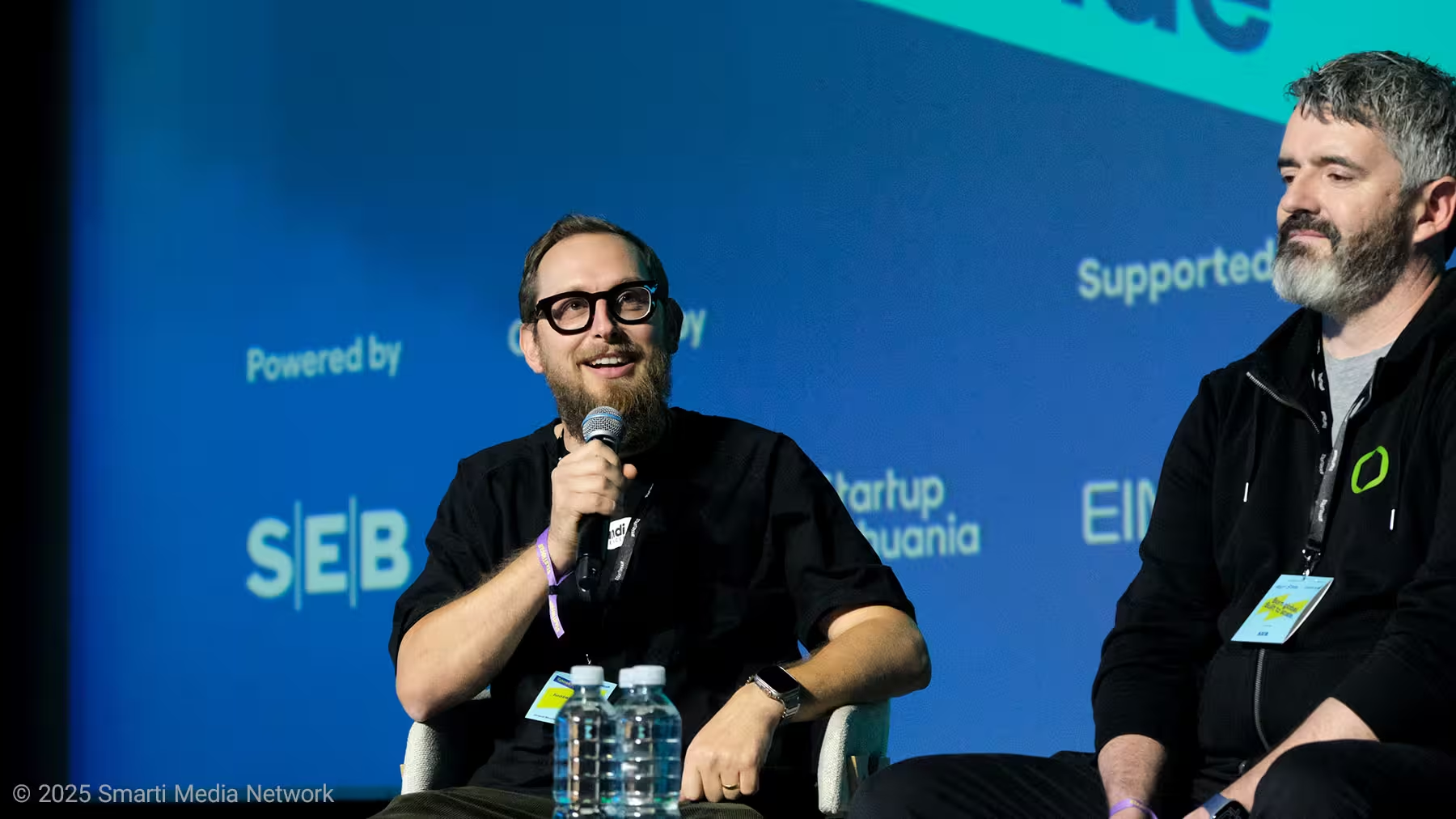
Carolin added that some large corporations now have investment arms. In some cases your customer can also become your investor, which signals strong belief. She cautioned founders to structure terms carefully so that future investors are not put off.
Earning Trust With Global Investors
John described trust in straightforward human terms. Instinct, rapport, respect both ways. Liking the person on the VC side goes a long way. The capital you raise will be spent by design. The person on your board or on your cap table will outlast that money. Make sure you like working with them.
Juozas advised matching long-term interests explicitly. If a fund expects an exit in five years but you are building with a fifteen-year horizon, be clear or do not take the deal. First answer for yourself what company you want to build. A quick sale, an IPO, or staying private as long as possible. Then pick investors accordingly. These choices affect both the technical details and the kind of advice you will receive.
Carolin reminded founders that due diligence goes both ways. Check when the fund last raised. If you are among the last investments in a fund, they may expect an earlier exit. Check whether they invested in your competitors. Understand their connections. The goal is a cap table with aligned timelines and incentives.
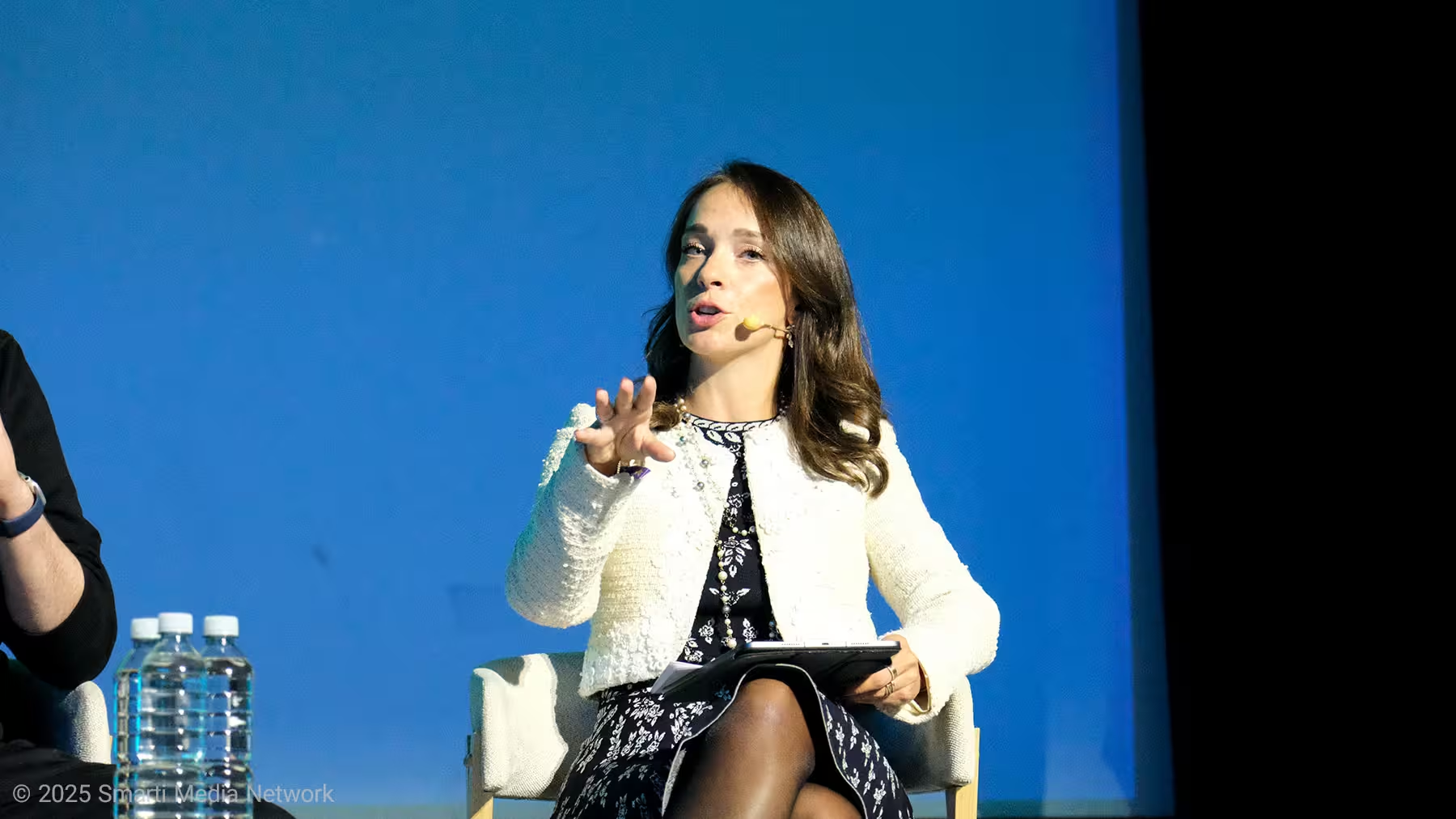
Culture While Scaling From Ten to Thirty and Beyond
Carolin asked how the companies kept their culture intact as the teams grew.
Juozas said Atrandi has about eighty people organized in small clusters, like several startups within one organization. Culture is ongoing work. Two years ago they defined their values. At first he was skeptical. Today he sees those values reflected in people and business decisions. Culture should be a shared conversation among the founders and leadership and it should evolve as the company grows. The culture that worked two years ago may not deliver what is needed now.
.avif)
John contrasted his early corporate experience in energy with how Cactos approaches culture. No slogans on walls. Culture comes from daily behavior, trust, and how people are treated and hired. Cactos grew from a handful to around 120 to 130 people. Respect and avoiding a know-it-all stance are central. He prefers the idea of being a learn-it-all rather than a know-it-all. As teams scale, some structure is necessary, but processes should not choke progress.
Audience Q&A
How to navigate US versus EU investors.
John recommended involving legal counsel at the term sheet stage, having a well-vetted shareholders’ agreement among founders, and preparing a structured data room with as many documents in English as possible to streamline diligence. The US can be an exciting market for capital, but picking the right partner is essential and clarity at the front end matters.
Carolin added a practical point. Show up in person. Travel to the United States and meet investors on the ground. US investors are very people-centric. Time in the Valley or New York can make a meaningful difference.
After Series A, does pressure increase.
Juozas used a mountain analogy. You climb one hill and discover the next. With each round the slope steepens and the stakes grow. Failure is still possible. In their field, Series A or Series B is not a finish line. If you fail later, more people are affected and more capital is lost. Do not expect Series A to fix everything.
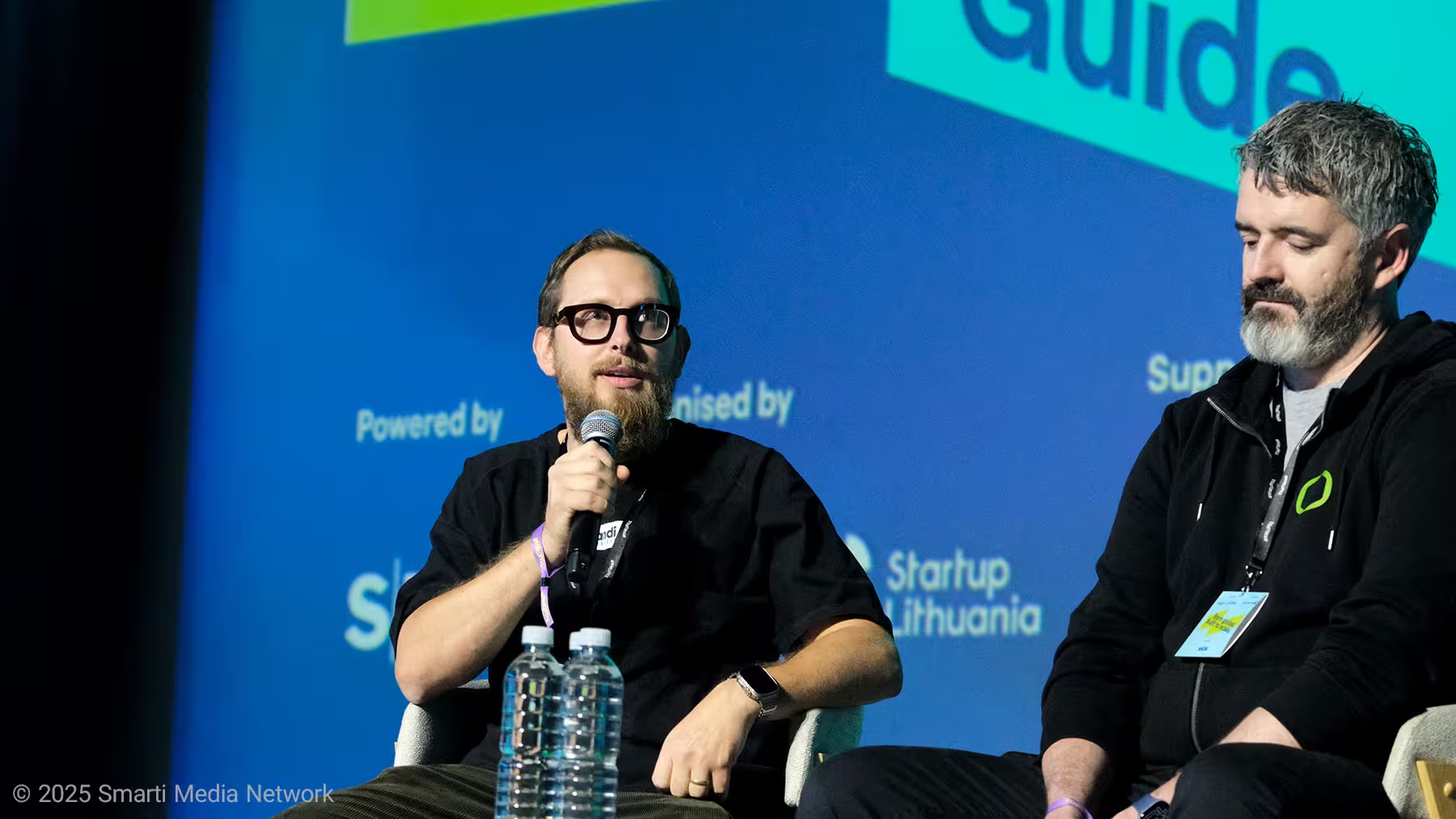
Limiting beliefs that had to be overcome.
Juozas said exposure to the US mentality helped him think bigger. Teams can achieve more than they initially believe. If you want to build something truly large, adopt that mindset early, adjusted to how big you want to go.
Closing Advice on Valuation and Partner Choice
Carolin asked for one underrated piece of advice.
John said do not raise purely to maximize valuation. Right-size the round and valuation and prioritize the right partner.
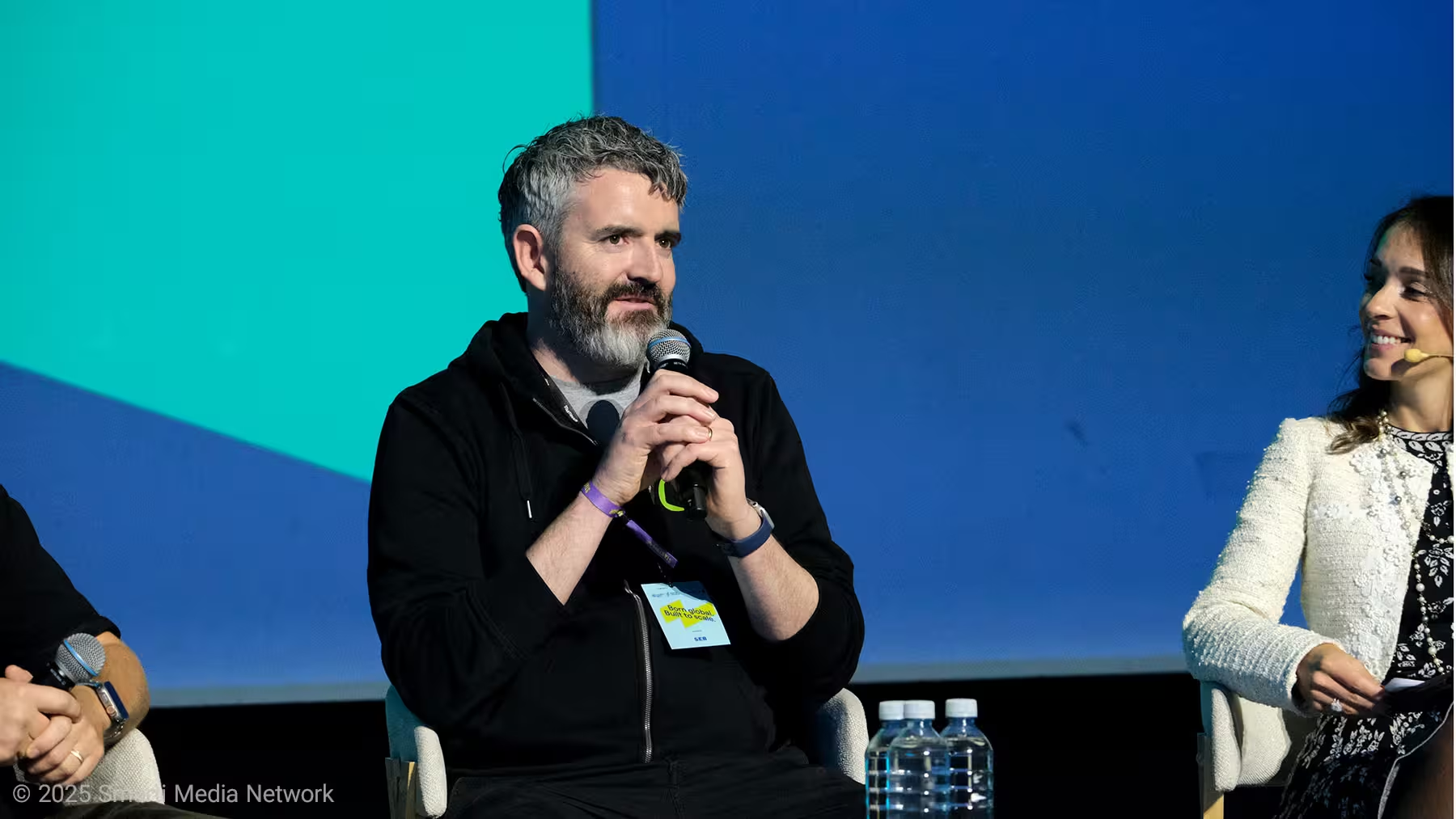
Juozas agreed. If you raise at a 100 million valuation, the climb for the next round can become very steep. Partner fit matters first. The math comes second.
Carolin thanked the speakers and the audience. Applause closed the session.
Practical Takeaways for Founders
Start building investor relationships before you need cash.
Let customers validate you and ask them for investor introductions.
Match your timeline and endgame with the fund’s expectations.
Build culture through behavior and hiring, then codify values and revisit them as you grow.
Prepare legally and operationally for diligence. Term sheets, shareholders’ agreements, and a clear data room help.
Focus on a product that customers buy and keep listening to their pain.
Avoid chasing the highest valuation if it jeopardizes your next step. Choose the right partner.
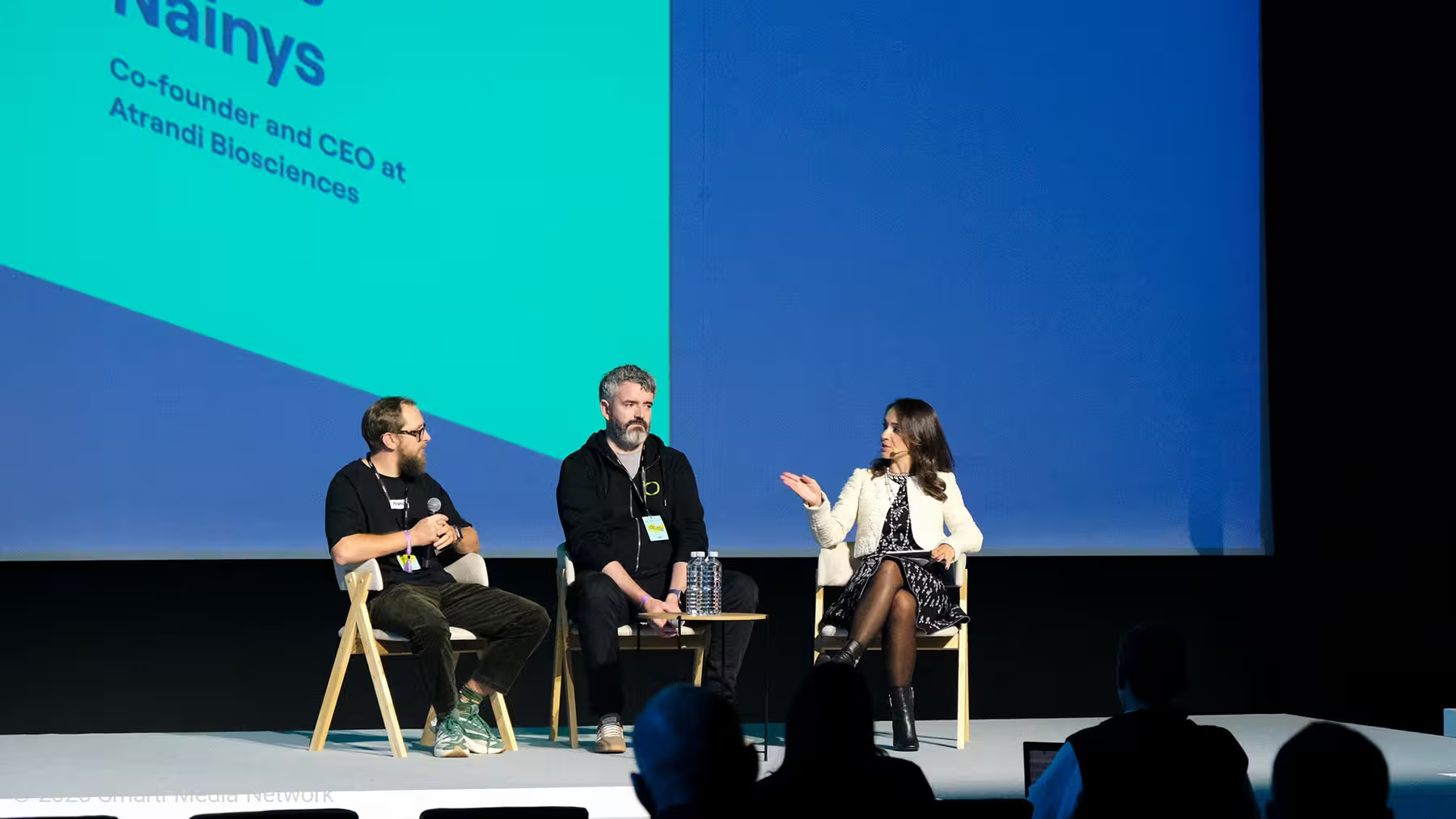 | 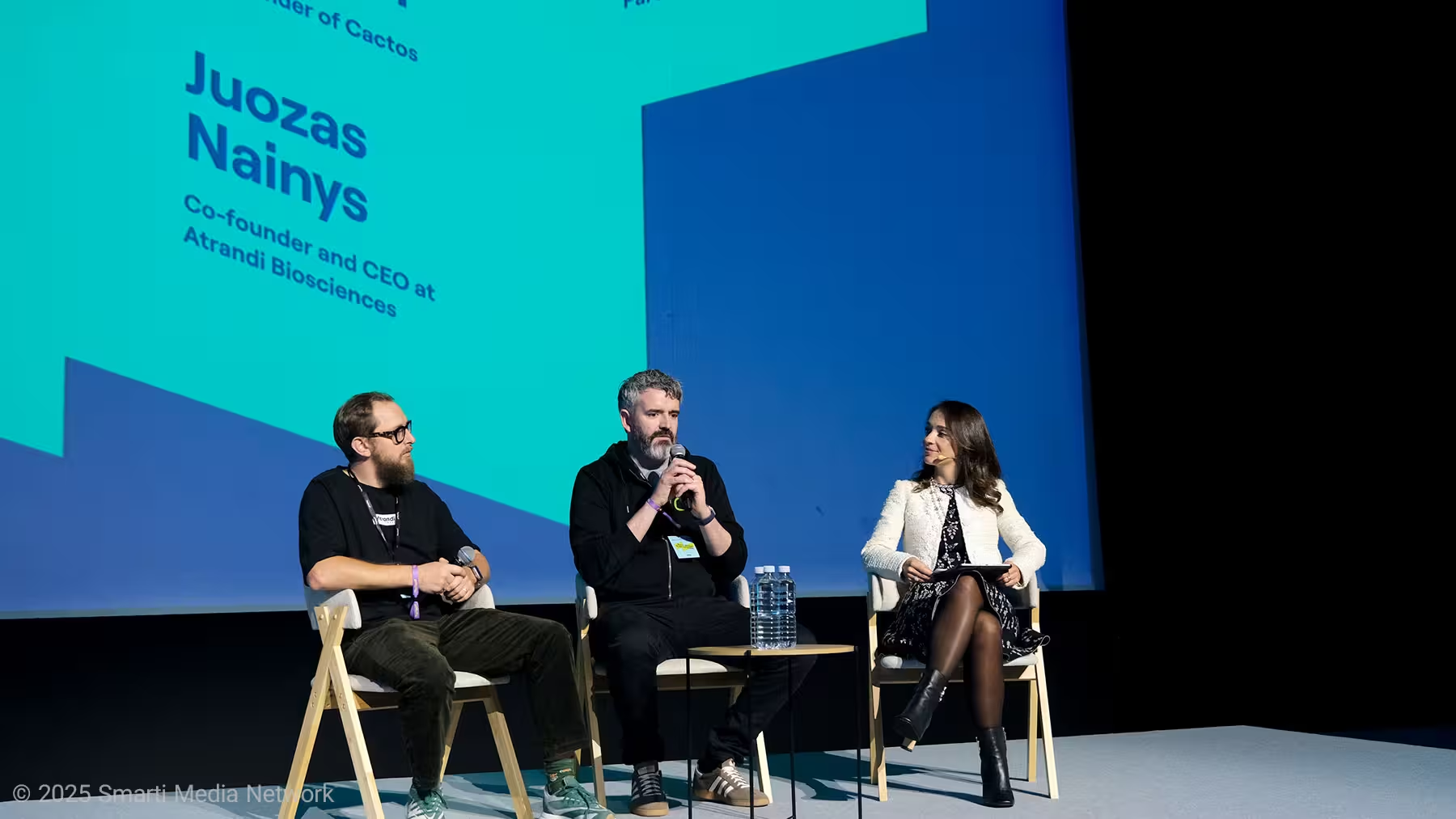 | 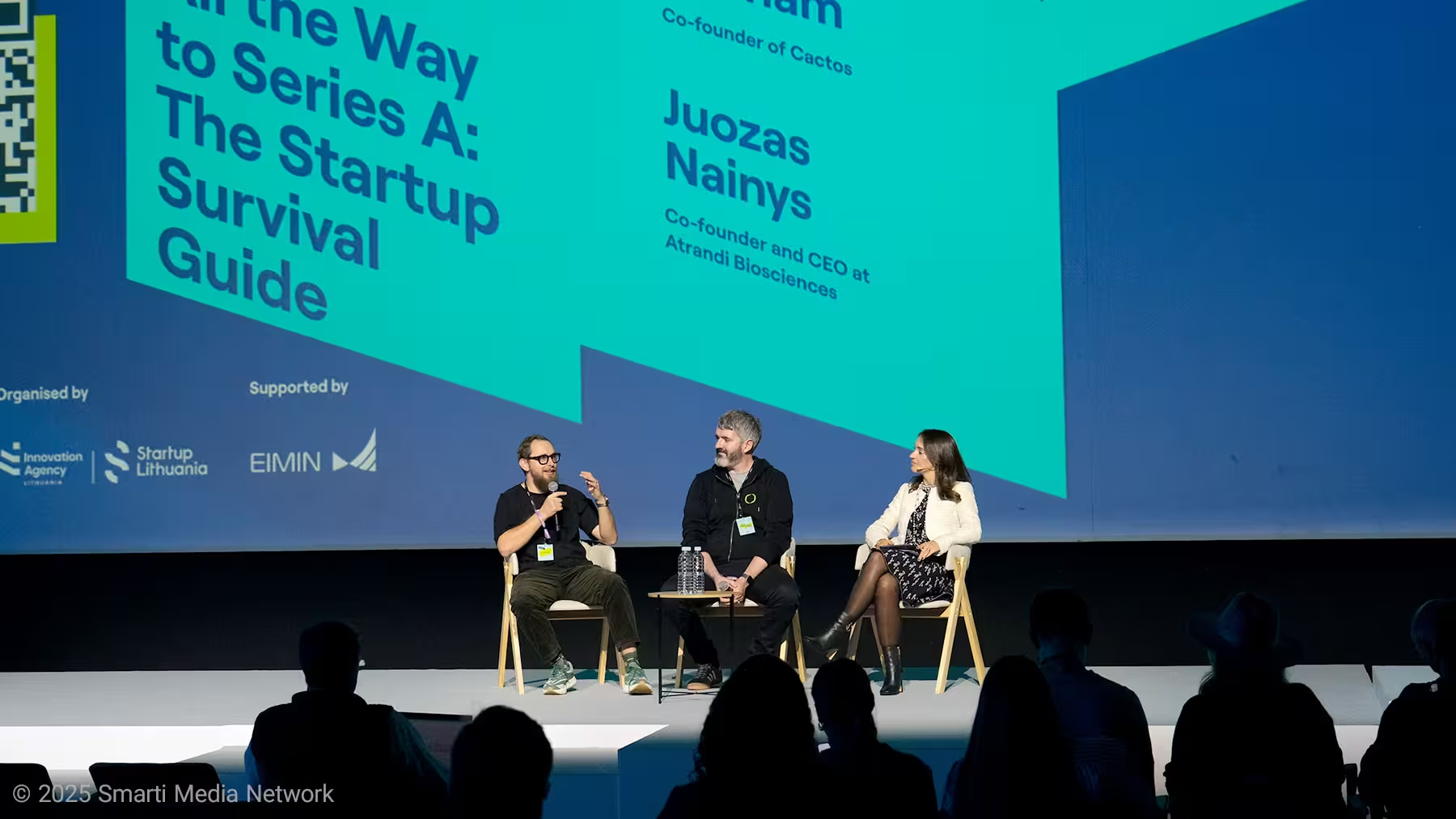 |
Comments
DaNix
Pretty balanced take. investor relationships early, customers as introducers, simple but often overlooked. makes sense.
coinpilot
Love the "dont chase valuation" note, but easier said than done when LPs push for growth. still, solid tactical bits, some nuance missing tho
Marius
I scaled a small SaaS team to 40 ppl and the culture bit is SO real. values helped change hiring. small clusters idea resonates saved us major headaches, took time tho
labnova
9.5 years building microscopes? seriously? sounds romantic, but how many pivots and failed devices? curious about the real churn and burn behind those wins
mechbyte
wow didnt expect such tactical tips, felt like bootcamp for founders. listening to market > lab-only, investors meet early, duh. need more of this

.webp)
Leave a Comment